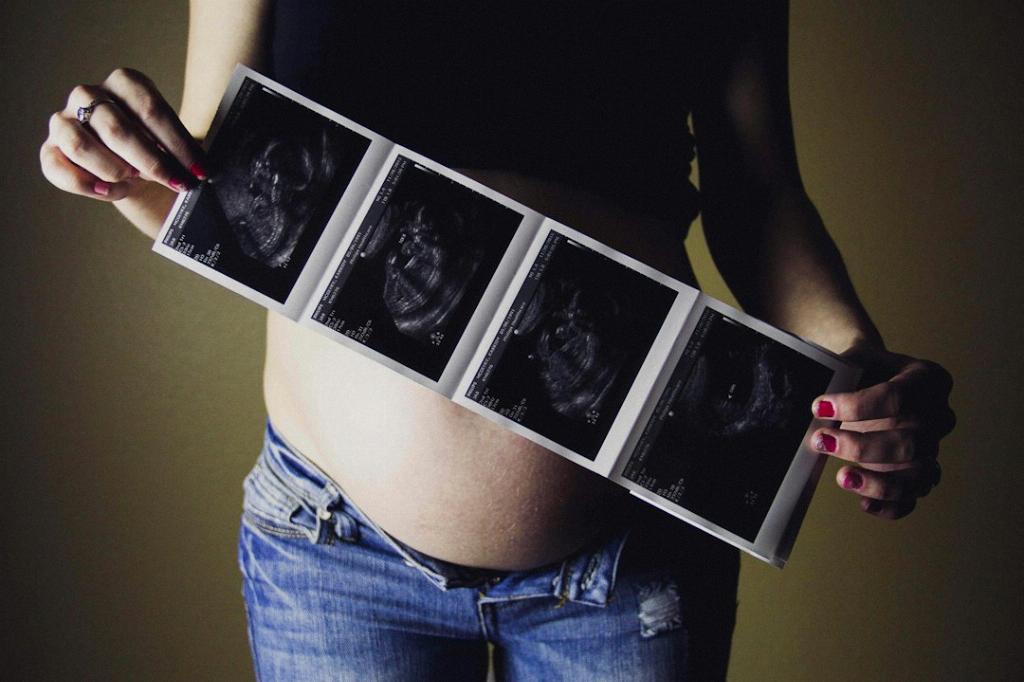During the early stages of pregnancy, a short cervix can be a cause for concern for many expectant mothers. The cervix plays a crucial role in supporting a healthy pregnancy, as it acts as a barrier between the uterus and the vagina, protecting the developing fetus. But what exactly causes a short cervix in early pregnancy?
One of the primary factors linked to a short cervix in early pregnancy is a history of previous preterm birth. If a woman has experienced delivering a baby prematurely in the past, she may be at an increased risk of developing a short cervix in subsequent pregnancies. Additionally, women who have had procedures on their cervix, such as cone biopsies or loop electrosurgical excision procedures (LEEP), where a part of the cervix is removed, may also be more prone to having a short cervix.
Diagnosing a short cervix typically involves an ultrasound examination. This non-invasive imaging technique allows healthcare providers to measure the length of the cervix and monitor any changes throughout the pregnancy. A cervix is considered short when it measures less than 2.5 centimeters in length during the second trimester of pregnancy, which could increase the risk of preterm labor and delivery.
It’s important to note that while certain risk factors and medical history can predispose a woman to having a short cervix in early pregnancy, the exact cause of this phenomenon is not always clear. The cervix is a complex structure influenced by various hormonal, genetic, and environmental factors, making it challenging to pinpoint a single cause for its shortening.
In addition to previous preterm births and cervical procedures, other potential contributors to a short cervix in early pregnancy include infections, inflammation, hormonal imbalances, and structural abnormalities. These factors can affect the integrity and length of the cervix, potentially leading to complications during pregnancy.
Monitoring the length of the cervix during pregnancy is crucial for identifying any changes that may increase the risk of preterm labor. Regular prenatal visits and ultrasounds can help healthcare providers track the condition of the cervix and implement appropriate interventions to reduce the likelihood of early delivery.
For women identified as having a short cervix in early pregnancy, treatment options may include cervical cerclage, a procedure where a stitch is placed around the cervix to provide additional support and prevent it from opening prematurely. Progesterone supplementation and bed rest may also be recommended to help maintain the integrity of the cervix and reduce the risk of preterm birth.
Ultimately, understanding the potential causes of a short cervix in early pregnancy is essential for promoting optimal maternal and fetal health. By identifying and addressing risk factors early on, healthcare providers can work towards ensuring a smooth and healthy pregnancy for expectant mothers at risk of preterm labor.
In conclusion, while the exact causes of a short cervix in early pregnancy may vary from woman to woman, awareness of potential risk factors and proactive monitoring can play a crucial role in managing this condition and supporting a successful pregnancy outcome.

